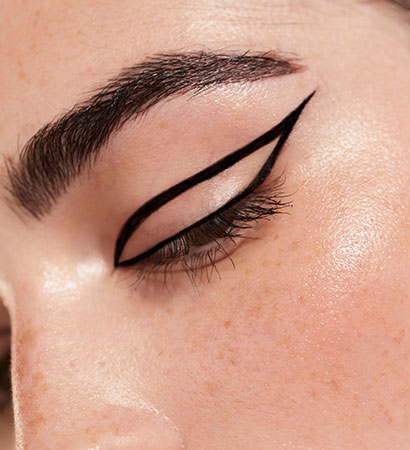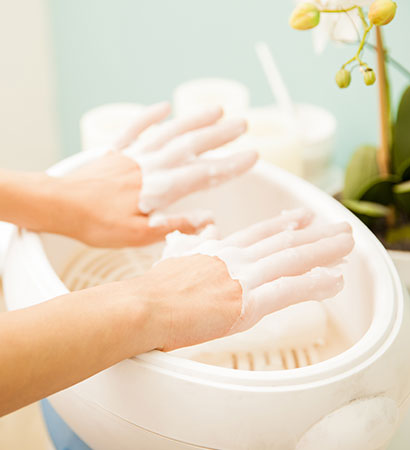Is Lip Blushing the Same as an Old-Fashioned Lip Tattoo?
Let's address the elephant in the room. When you hear the words "lip tattoo," your mind might conjure up images from the 80s and 90s: a harsh, dark, and obviously tattooed lip liner, or a flat, opaque color that looked more like a permanent coat of paint than a natural enhancement. It’s a valid fear, rooted in the history of permanent makeup. So, is modern lip blushing just a new name for the same old procedure? The short, definitive answer is: absolutely not. They are worlds apart in technique, technology, and artistic philosophy.
The Old Way: The Traditional Lip Tattoo
To understand how far we've come, we must first look at the past. Old-fashioned lip tattoos were characterized by:
- The "Lip Liner" Look: The primary focus was often on creating a stark, permanent lip liner. This line frequently healed to a different color than the lips, creating a harsh, unnatural border.
- Aggressive Technique: Traditional tattoo machines, designed for body art, were used. These machines were often too powerful for the delicate lip tissue, leading to more trauma, pain, and a less predictable healed result. - Opaque, Heavy Color: The goal was full saturation, mimicking a thick coat of lipstick. The color was packed densely into the skin, leaving no room for translucency or a natural look.
- Carbon-Based Inks: Many pigments were traditional tattoo inks. Over time, these carbon-based inks could break down and fade to undesirable colors like blue, grey, or orange.
- Permanence: These tattoos were truly permanent, making them nearly impossible to change or update as styles and personal preferences evolved.
The New Way: The Artistry of Modern Lip Blushing
Modern lip blushing is an evolution—a complete reimagining of what a lip enhancement can be. It is defined by its subtlety, natural appearance, and focus on artistry over artificiality.
Key Differences:
- The Philosophy is Enhancement, Not Replacement: The goal is not to look like you're wearing lipstick. It's to enhance your natural lips, making them look like a healthier, more vibrant version of themselves. We call this the "your lips but better" effect.
- The Technique is "Pixelating" or "Dusting": Instead of packing in color, a skilled artist uses a digital rotary machine with a single, fine needle to deposit tiny pixels of color. This creates a soft, airy, watercolor-like wash that allows your natural skin to show through.
- The Tools are Advanced and Gentle: The digital machines used today are specifically designed for cosmetic tattooing. They offer precise control over needle depth and speed, ensuring minimal trauma to the skin, a more comfortable experience, and better healing.
- The Pigments are Sophisticated: We now use cosmetic-grade pigments (a blend of organic and inorganic compounds) that are formulated to heal true to tone and fade gracefully over time. They are designed to be semi-permanent, giving you flexibility in the future.
- The Result is Sheer and Customizable: The color is built up in translucent layers, giving the artist complete control over the final saturation. The result is a soft, beautiful blush that looks like your own natural, healthy lip color.
The Modern Standard of Care in Chicago, Illinois
The difference between an outdated tattoo and a modern lip blush lies entirely in the training, tools, and artistic philosophy of the technician. Choosing an artist who is dedicated to the modern, gentle approach is the single most important factor in achieving a beautiful, natural result. For those in the Chicago area, it is crucial to seek out a studio that rejects the old methods in favor of this sophisticated art form. At pmstudiook.com, our masters in Chicago, Illinois, specialize exclusively in the modern techniques of lip blushing, ensuring every client receives a result that is subtle, elegant, and timeless.
The Takeaway: An Evolution in Beauty
So, no, lip blushing is not the same as an old-fashioned lip tattoo. It is the sophisticated, artistic evolution of the craft. It has moved away from the harsh permanence of the past and into a new era of subtle, breathable, and natural-looking enhancements. It's the difference between a coat of paint and a delicate watercolor—and the beautiful, modern results speak for themselves.



































